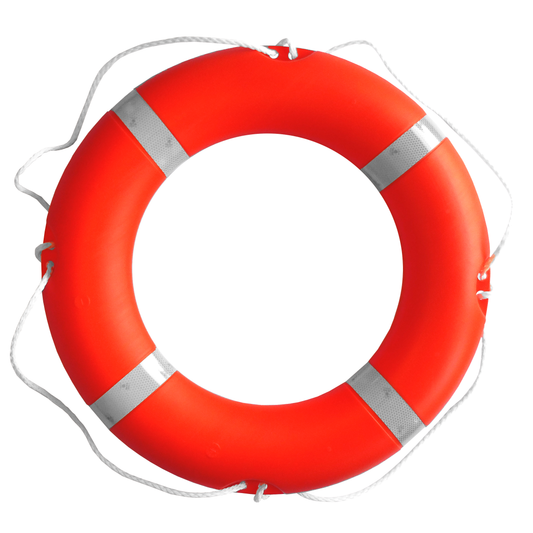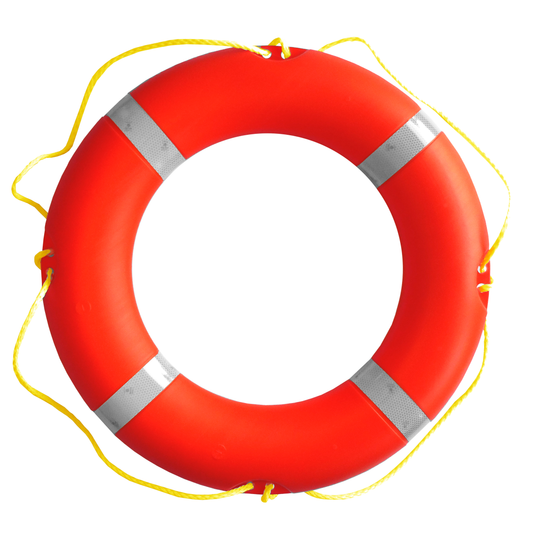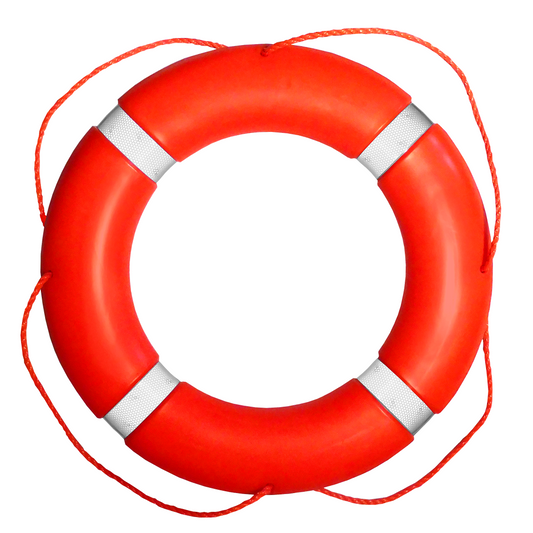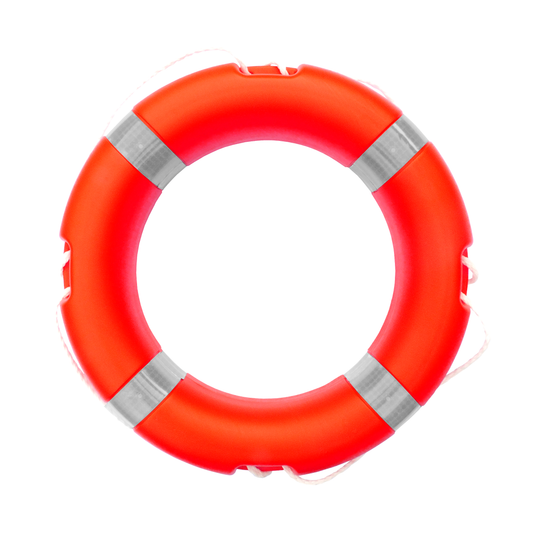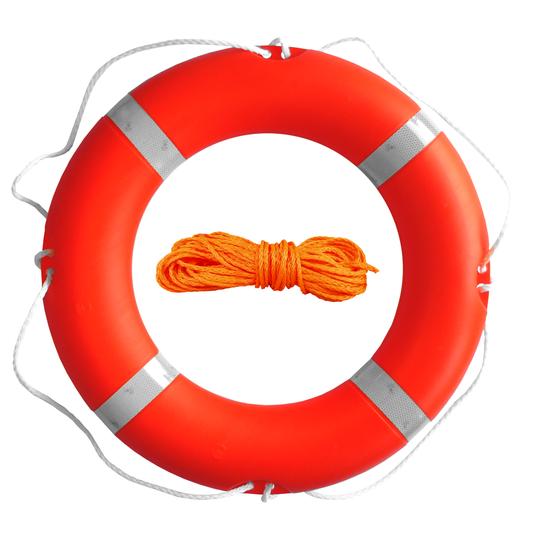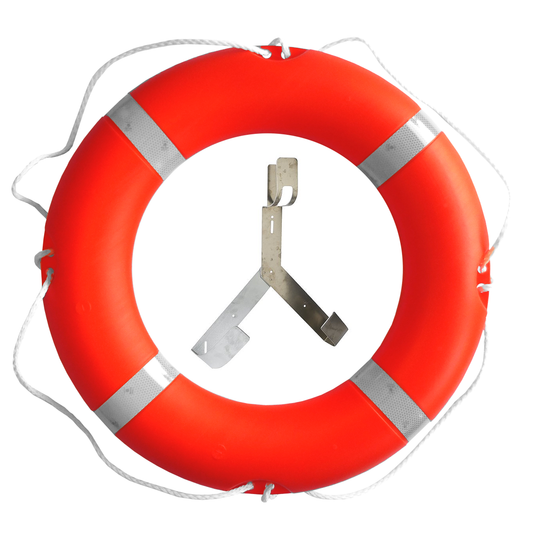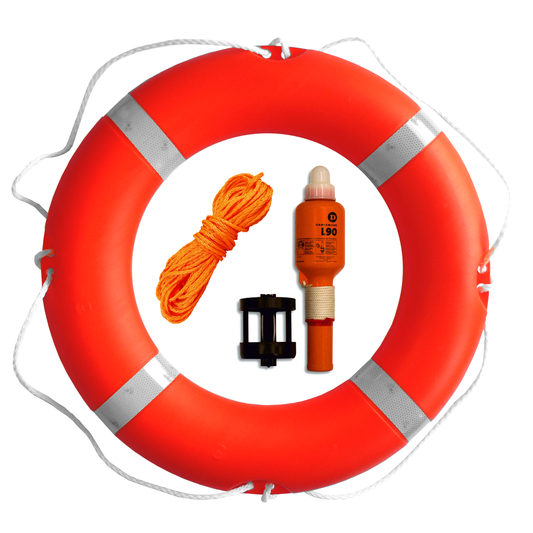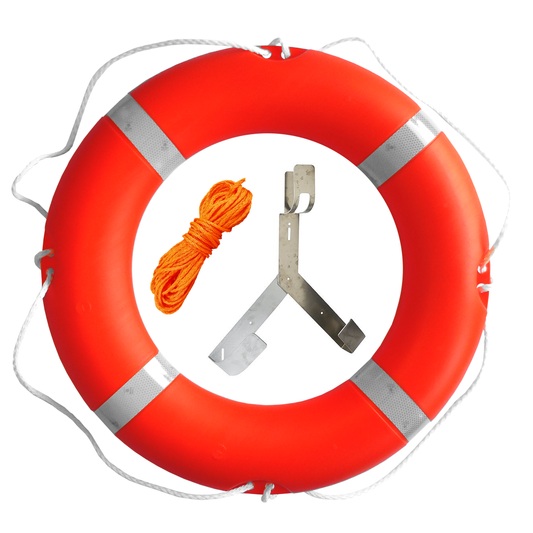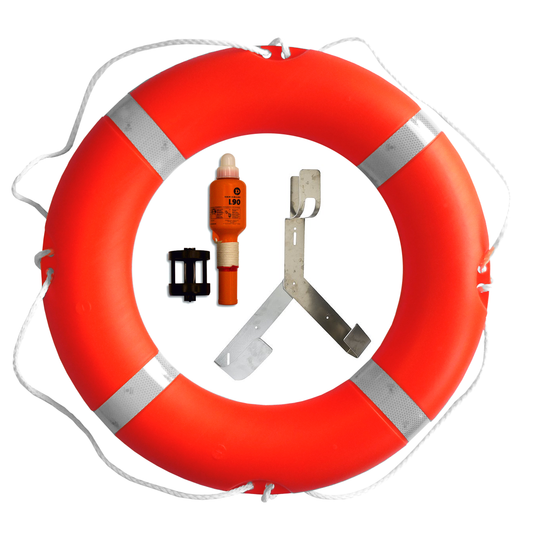Collection: SOLAS Lifebuoy for Ship & Boat
-
Lifebuoy SOLAS Orange 2.5 kg 75 cm
Regular price €46,99 EURRegular priceUnit price / per -
Lifebuoy SOLAS MOB Orange 4.2 kg 75 cm
Regular price €69,99 EURRegular priceUnit price / per -
Lifebuoy SOLAS MOB Orange 4.5 kg 75 cm
Regular price €74,99 EURRegular priceUnit price / per -
Lifebuoy SOLAS Orange 2.7 kg 60 cm
Regular price €69,99 EURRegular priceUnit price / per -
Lifebuoy with Line SOLAS Orange
Regular price €59,99 EURRegular priceUnit price / per -
Lifebuoy with Holder SOLAS Orange
Regular price €146,99 EURRegular priceUnit price / per -
Lifebuoy with Light SOLAS Orange
Regular price €101,99 EURRegular priceUnit price / per -
Lifebuoy with Line and Light SOLAS Orange
Regular price €114,99 EURRegular priceUnit price / per -
Lifebuoy with Holder and Line SOLAS Orange
Regular price €159,99 EURRegular priceUnit price / per -
Lifebuoy with Holder and Light SOLAS Orange
Regular price €201,99 EURRegular priceUnit price / per
Buy SOLAS lifebuoy in orange
The SOLAS lifebuoy in orange is the international standard lifebuoy. This approved lifebuoy meets the global safety requirements for lifebuoys set out in the SOLAS Code.
Check out our high-quality SOLAS lifebuoys in orange!
The approved SOLAS Lifebuoy weighs 2.5 kg and is designed as a rescue device for people in danger of drowning. The SOLAS MOB lifebuoy, which weighs 4 kg or 4.5 kg, is used in the man overboard maneuver and is usually used with a light-smoke signal.
SOLAS lifebuoys are made with a hard plastic shell that is strong, long-lasting, and can handle different weather conditions. The international regulations for seagoing vessels require that a SOLAS lifebuoy be equipped with the ship's name and home port.
You can buy a SOLAS lifebuoy in our online shop. If you want, you can have it personalised with your name, boat name, ship's name, and home port.The SOLAS regulations were created following the tragic sinking of the Titanic in 1912. At the time, there were no worldwide rules about what rescue equipment ships had to have, and these rules were often very vague.
The new lifebuoy standard is set defined in MED - EN14144 - SOLAS 74. This regulation ensures that the safety standard is always guaranteed on board ships and boats, especially on vessels that travel at sea.
Lifebuoys according to SOLAS: Requirements at a glance
The SOLAS (Safety of Life at Sea) convention determines the international standards for the safety of people on board ships. The official name of the agreement is "International Convention for the Safety of Life at Sea, 1974" or "International Convention for the Safety of Life at Sea, 1974".
The SOLAS convention stipulates the following requirements for lifebuoys in international shipping:
The SOLAS lifebuoy shall be of solid cork or any other equivalent material. It shall further be capable of supporting in fresh water for 24 hours at least 14.5 kg of iron.
The SOLAS lifebuoy shall not be affected by oil and it shall be of a highly visible colour, such as orange.
The lifebuoy shall be marked in block letters with the name and port of registry of the ship.
Lifebuoys filled with any loose granulated material are not allowed.
The SOLAS Lifebuoy shall be capable of retaining their buoyant properties and durability in sea water as well as under variations of temperature.
According to the SOLAS convention, Lifebuoys shall have grab lines. At least one SOLAS lifebuoy on each side of the ship shall be equipped with a floating throw line.
On passenger ships the half of the total number of lifebuoys on board shall be equipped with a floating Lifebuoy Light.
At least two of these Lifebuoys with Light shall be equipped with a self-activating smoke signal in order to carry out the MOB manoeuvre.
The SOLAS Lifebuoys on a ship shall be readily acessible to the persons on board. Also, they shall not be permanently secured in any way so that they can be rapidly cast loose.
A SOLAS Lifebuoy shall have the following dimensions:
- The inner diameter of the lifebuoy should not be less than 400 mm and the outer diameter should not be more than 800 mm.
- The weight of the lifebuoy should not be less than 2.5 kg.
- The weight of the man overboard MOB lifebuoy should not be less than 4 kg.
- The diameter of the grab line should not be less than 9.5 mm. The length should be at least 4 times the outer diameter of the lifebuoy and secured at four equally spaced points.
The number of lifebuoys required depends on the length of the vessel as follows:
Cargo ships:
- Ship length less than 100 metres: 8 lifebuoys
- Ship length greater than 100 metres: 10 lifebuoys
- Ship length greater than 150 metres: 12 lifebuoys
- Ship length greater than 200 metres: 14 lifebuoys
Passenger ships:
- Ship length less than 60 metres: 8 lifebuoys
- Ship length greater than 60 metres but less than 120 metres: 12 lifebuoys
- Ship length greater than 120 metres but less than 180 metres: 18 lifebuoys
- Ship length greater than 180 metres but less than 240 metres: 24 lifebuoys
- Ship length greater than 240 metres: 30 lifebuoys

